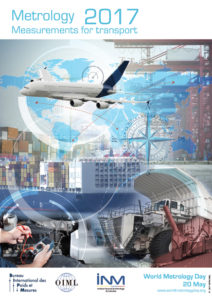3 ways measurement help us to get around
It’s a nice, sunny Sunday afternoon and you’ve decided to take a drive. So you hop in your car and off you go.
But I bet you’ve never given a thought to how metrology helps you do this.
Let’s take the physical car itself
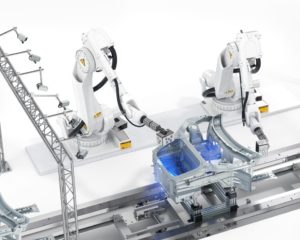 Your car is made so that it can actually fit on the road.
Your car is made so that it can actually fit on the road.
All vehicles must comply with specifications developed the road authorities. The specifications include dimensions and weight and without compliance, that vehicle won’t be getting on the road.
That means that the car engineers need to have an understanding of the sizes and mass of various components. And of course someone has to measure these things. Dimensions are usually done by a Coordinate Measuring Machine which itself needs to be calibrated.
Weighing the mass of a car is a bit more complicated than weighing a kilo of apples at your local grocery store. However the principles of using a set of calibrated scales is just as important. Without metrology ensuring compliance, we’d all be on pushbikes!
Fuel consumption ratings
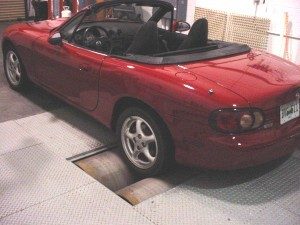 If you’re really keen you might do a simple calculation to work out the fuel consumption of your car.
If you’re really keen you might do a simple calculation to work out the fuel consumption of your car.
In Australia, new cars come with a fuel economy or consumption rating. So how do car companies calculate fuel economy? Do they just drive the car on a track a few times, and measuring the mass of fuel before and after?
Nope. Car manufacturers run all fuel economy tests on chassis dynamometers. The vehicle is run using an economy cycle. The fuel usage is measured by plugging hoses onto cars’ exhaust pipes.
The chemical makeup of the exhaust is used to determine precisely how much fuel is burned during the drive cycle.
Pollution
Remember the VW dieselgate scandal? It was to do with the car manufacturer allegedly using software to reduce emissions of cars under test conditions.
Standard methods are used to measure the amount of regulated pollutants, which traditionally include CO, HC, NOx, and PM. Measurement equipment and methods used for measuring engine emissions in the field can vary widely. They include mobile laboratories (with capabilities comparable to those of stationary emission laboratories) to simple, low-budget tools, offering only very approximate results.
Without robust emission testing, air quality could decrease leading to increased greenhouse gases in the atmosphere and adverse health effects such as respiratory illness, cardiovascular disease and cancer.
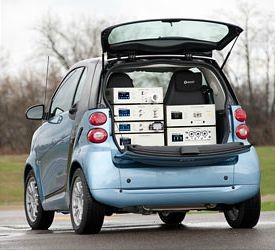
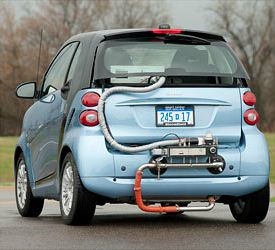
On #WorldMetrologyDay, let’s all be grateful for the measurement scientists throughout the world who have changed how humans live and interact. If you’re in the mood to learn more and you’re in Sydney tomorrow morning, why not try to attend the National Measurement Institute event.
If you want to know more about metrology and how to improve your laboratory measurement work, get in contact with us at MAS Management Systems.


